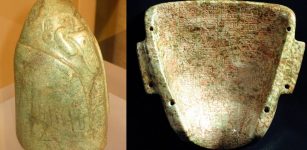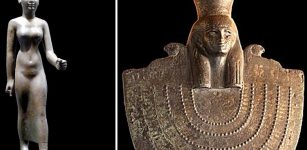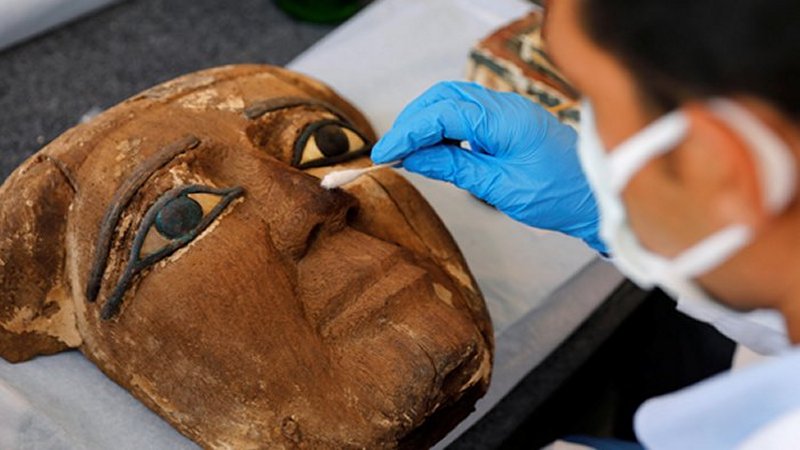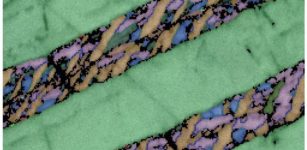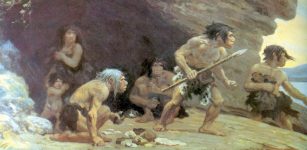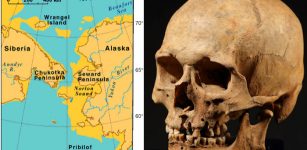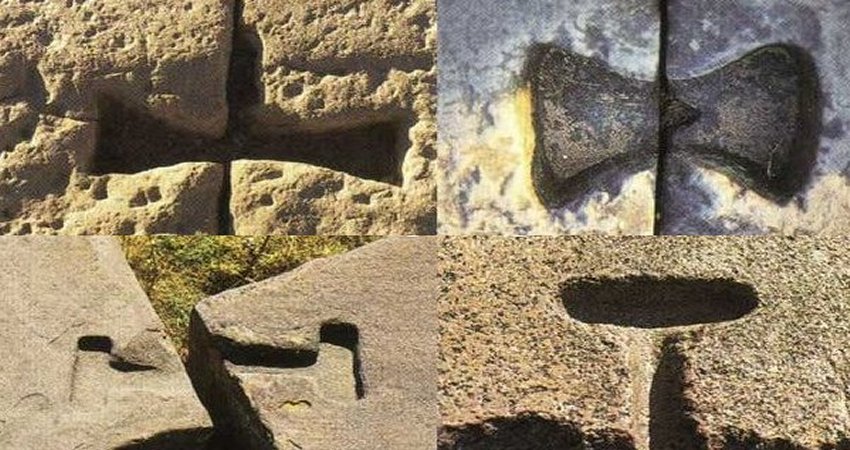Egyptians Mastered Medicine Thousands Of Years Ago
A. Sutherland – MessageToEagle.com – Civilization in Ancient Egypt means not only tombs and pyramids but also all aspects of human life. Prehistoric physicians in Egypt had an impressive knowledge of the human body and its inner workings, as well as the treatment of illness and disease.
Egyptian medical papyri documented many diagnostics and medical achievements we still use today.
The Egyptians’ medicine reached a very high standard, and its reputation spread to neighboring countries.
 Scene Reliefs, Sun temple of Ni-user-Rê, Abu Ghurab. Credits: Neues Museum, Berlin
Scene Reliefs, Sun temple of Ni-user-Rê, Abu Ghurab. Credits: Neues Museum, BerlinEspecially, complementary medicine like herbal medicine played a key role in society. Ancient Egyptian scrolls document natural herbs and holistic medicine that saved lives and cured disease.
Proof comes from burial sites, tombs, and underground temples where archeologists have found extensive sets of medical documents and scrolls, including the Ebers Papyrus, the Edwin Smith Papyrus, the Hearst Papyrus, and the London Medical Papyrus, which contained the earliest documented awareness of tumors.
 Scene Reliefs, Sun temple of Ni-user-Rê, Abu Ghurab. Credits: Neues Museum, Berlin
Scene Reliefs, Sun temple of Ni-user-Rê, Abu Ghurab. Credits: Neues Museum, BerlinThe most famous plant – medicine “encyclopedia” is the Ebers Papyrus, a 110-page scroll which rolls out to be about 20 meters long.
Egyptians consumed raw garlic and onions for endurance and to heal asthma and bronchial-pulmonary issues. Many of their herbs were steeped in wine and used as oral medicine.
These were natural herbs, untainted by pesticides, herbicides, insecticides, or fluoridated water.
The Egyptians documented the use of myrrh, frankincense, fennel, cassia, thyme, juniper, and even aloe. Fresh garlic cloves were peeled, mashed, and macerated in a mixture of vinegar and water and used as a rinse for sore throats and toothaches.
They knew about the healing powers of honey. In fact, the first official recognition of the importance of honey dates back to the first Egyptian Dynasty and the “Sealer of the Honey.”
In Niuserre’s Sun temple, bee-keepers are shown in hieroglyphics blowing smoke into hives as they are removing honeycombs.
 Herbal medicine was mastered thousands of years ago
Herbal medicine was mastered thousands of years agoThe main land for bee-keeping was in Lower Egypt where there was extensive irrigation feeding thousands of flowering plants. The Bee was chosen as a symbol for the country and the gods were associated with the bee.
One pharaoh’s title was Bee King and his Royal archers protected the bees like they were his holy temple. The temples were actually homes for the bees, in order to satisfy the desire of the gods.
Canaan was called the “Land of Milk and Honey” in the Hebrew tradition.
 Edwin Smith Surgical Papyrus, dating from the seventeenth century B.C., is one of the oldest of all known medical papyri.
Edwin Smith Surgical Papyrus, dating from the seventeenth century B.C., is one of the oldest of all known medical papyri.Homer even wrote in the Odyssey: “In Egypt, the men are more skilled in medicine than any of humankind,” and “The Egyptians were skilled in medicine more than any other art.”
The papyrus actually contains a “treatise on the heart,” which recognizes the heart as the center of the blood supply, with vessels attached.

Even mental disorders, depression, and dementia were detailed in one of the chapters. The Egyptians were treating intestinal disease and parasites, eye and skin problems, and even abscesses and tumors.
Remedies from the ancient Ebers Papyrus scrolls:

o Aloe vera was used to alleviate burns, ulcers, skin diseases and allergies
o Basil was written up as heart medicine
o Balsam Apple (Apple of Jerusalem) was used as a laxative and as a liver stimulant
o Bayberry was prescribed for diarrhea, ulcers and hemorrhoids
o Caraway soothed digestion and was a breath freshener
o Colchicum (citrullus colocynthus or meadow saffron) soothed rheumatism and reduced swelling

o Dill was recognized for laxative and diuretic properties
o Fenugreek was prescribed for respiratory disorders and to cleanse the stomach and calm the liver and pancreas
o Frankincense was used for throat and larynx infections, and to stop bleeding and vomiting
o Garlic was given to the Hebrew slaves daily to give them vitality and strength for building the pyramids
o Licorice was utilized as a mild laxative, to expel phlegm, and to alleviate chest and respiratory problems
o Onion was taken to prevent colds and to address cardiovascular problems (How did they know?)
o Parsley was prescribed as a diuretic
o Thyme was given as a pain reliever and Tumeric for open wounds
o Poppy was used to relieving insomnia, as an anesthetic, and to deaden the pain
o Coriander was taken as a tea for urinary complaints, including cystitis
o Pomegranate root was strained with water and drunk to address “snakes of the belly” (tapeworms). The alkaloids contained in pomegranate paralyzed the worms’ nervous system and they relinquished their hold.
o Persian henna was used against hair loss
The disease was not uncommon in Ancient Egypt. There were many skin afflictions and parasites from the Nile river waters. Worms and tuberculosis were common, sometimes transmitted from cattle. Pneumonia struck people who breathed in too much sand into the lungs during sand storms.
The first version of this article was originally published on February 26, 2014
Written by – A. Sutherland – MessageToEagle.com Senior Staff Writer
Copyright © MessageToEagle.com All rights reserved. This material may not be published, broadcast, rewritten or redistributed in whole or part without the express written permission of MessageToEagle.com


